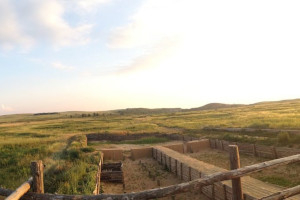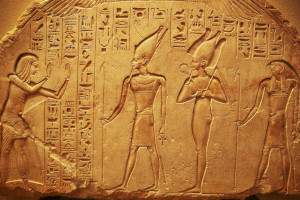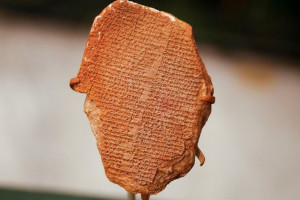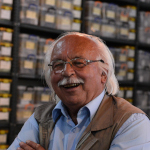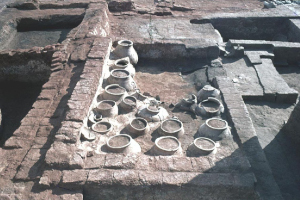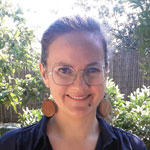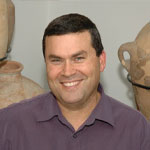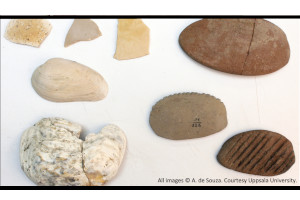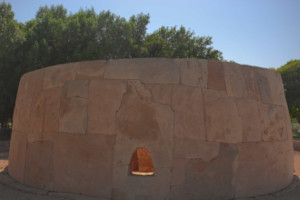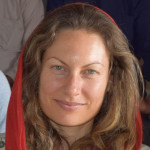Bronze Age Civilizations
Online conference, 25th–26th March, 2022
Research Centre for History & Culture
Beijing Normal University (Zhuhai)
Research Centre for History & Culture
Beijing Normal University (Zhuhai)
青铜时代文明线上会议
2022/03/25–26 北京师范大学(珠海)历史文化研究中心
英文报告提供同声中文传译

The phrase ‘Bronze Age’ is often seen as ushering in an era of 'social complexity' in world history. The aim of the conference is to encourage dialogue on the topic of Bronze Age civilizations from Asia, Africa, and Europe, discussing common issues of emergence, transformation, and evolution of Bronze Age cultures. It also aims to problematize the term ‘Bronze Age’ in light of recent discoveries and theoretical approaches in the scholarship, including but not limited to archaeological, anthropological, and textual approaches.
“青铜时代”通常被视为开创了世界历史中的一个“社会复杂性”时代。本次会议旨在鼓励基于亚洲、非洲和欧洲的青铜时代文明的对话,并讨论青铜时代文化的出现、转向和发展等共同问题。此外,本次会议旨在根据新的发现和运用考古学、人类学和文本学等学术理论方法,对“青铜时代”一词提出质疑。 以下是我们列出的参会者名单及摘要。






